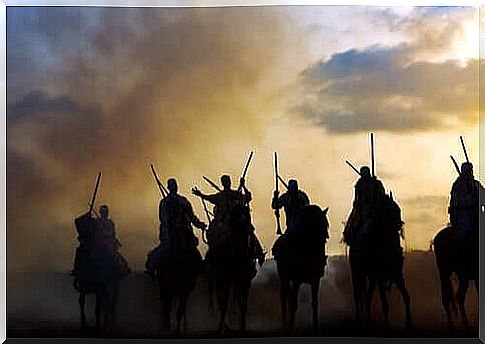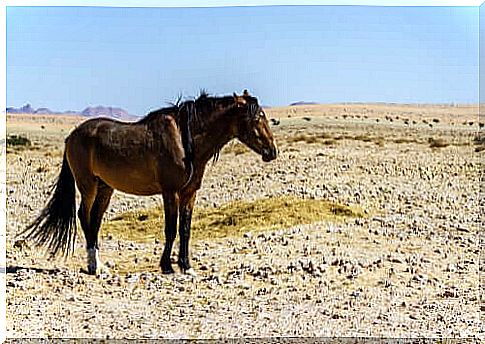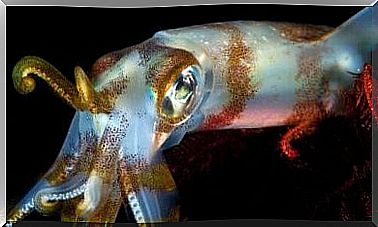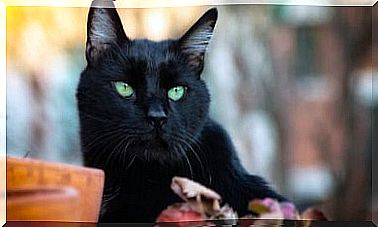The Horse In Africa: An Amazing Story

We usually associate the wildlife of the African continent with exotic animals such as lions, rhinos and giraffes. But the horse in Africa also has an admirable history.
In practice, the typical characteristics of African horse breeds are evidence of the long evolutionary process these equines have gone through in order to adapt to the continent .
Next we will talk a little about the history of the horse in Africa , with an emphasis on the Berber, also known as ‘the jewel of North Africa’.
The Berber: A Key To Understanding The History Of The Horse In Africa
The Berber is the most emblematic breed of African horse. This breed has spread throughout the Maghreb thanks to its remarkable strength and adaptability. Many specimens were tamed by the Maghreb tribes who lived mainly in the interior of North Africa.
In African mythology there are interesting stories and views about how the Berber horses came into being. However, nothing precise is known about their origin. Some researchers even suggest that their ancestors could be the wild equidae that survived the last ice age.
According to traditional legends, the Arab conquerors were fascinated to find these horses in a “semi-wild” state. Everything happened in the old barbarism region, which stretched from what is now Algeria and Morocco to the border with Libya.
Enthusiastic about their strength, elegance, agility and endurance, the conquerors of the Middle East decided to take some specimens with their army. Therefore, it did not take long for these wild equids to crossbreed with Arab horses.
A first generation of “mestizos” emerged that could have influenced today’s Arabian horse breeds.

The history of the Berber horses in the wars
Throughout its history, North Africa played an important role in numerous armed conflicts due to its strategic location in relation to the European continent. For this reason , the Berber horse was used a lot on the battlefield well into the 1950s .
When the conflicts on North African soil between the 1950s and 1960s came to an end, these horses were on the verge of extinction.
As they were generally not used for locomotion and agricultural activity was severely restricted by the nature of the soil and constant fighting, the number of Berbers fell radically.
The situation was only brought back to normal by the initiative of Algerian breeders who founded the Mondiale du Cheval Barbe organization in 1987. However, the current Berber differs morphologically from the original because it is more robust and larger.
The African horses of Namibia and their extraordinary adaptability
Initially, African horses in Namibia were viewed as an invasive species and a threat to native flora and fauna. There was even an intense discussion about whether they should be destroyed.
However, the horse’s adaptability to this new and challenging ecosystem caught the attention of residents and the scientific community. These “invasive” horses are among the few who have managed to survive in a desert environment.

After a series of studies and tests, the scientists found that this adaptation was possible due to some morphological and physiological changes in the horse’s organism.
The horse in Africa: physical differences
If one analyzes their morphology, these specimens are smaller than the “normal African horse”; in addition, their kidney function causes them to urinate less and drink less water than equidae in other ecosystems.
This amazing adaptation brings experts to the question of how climate change will affect animals, and mammals in particular.
Could horses survive in an adverse and very difficult environment for their physical condition? There are still no answers to these complex questions. But the history and constant adaptability of the horse in Africa is evidence that cannot be ignored.
In the meantime , the “invasive” horses have become a popular tourist attraction in Namibia and the surrounding area.
Nowadays their population continues to grow and is already over 300 specimens. These horses also seem to have adapted to the curiosity of the human spectator.









